Green Matcha tea is taking the healthy living world by storm. Matcha Lattes for instance have made their way on the menu of trendy coffee shops and big franchises such as Starbucks. The green brew is making a big name outside its old traditional ritual setting and there’s a healthy good reason for that. But what is exactly Matcha tea and why is it becoming a bit of a present day urban legend in the Tea world?
Origins and the Traditional Landscape
The tea originated from China around the 10th century and became the staple ingredient in Japanese tea ceremonies from around the 12th century. It is revered for its remarkable health properties, visual appeal and for its distinct flavour and texture. Matcha is made from the Tencha tea leaf, most popularly grown in the southern half of Japan, and which is then de-stemmed, de-veined and stone-ground to a very fine dark green powder.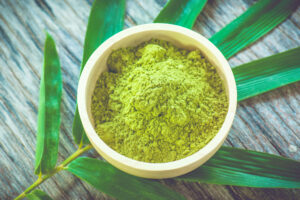
Traditionally the tea is prepared in a ceremonial setting called ‘Chanoyu’. Essentially the powder is placed in beautiful hand-painted bowls, mixed with warm water and whisked with a traditional bamboo whisk.
Of course, the tradition follows a carefully crafted set of ritualistic steps and ‘etiquettes’. It is also normally made in two forms – Usucha and Koicha.
Usucha means ‘thin tea’ and it is what we most commonly come across in cafes and restaurants in the west. Koicha on the other hand is the ‘thick tea’ made from the highest grade of Matcha and is prepared using twice the amount of tea and half the amount of water. So the result is a tea with a thick consistency which looks like a dark green paint. This is what is used in the traditional ceremonies.
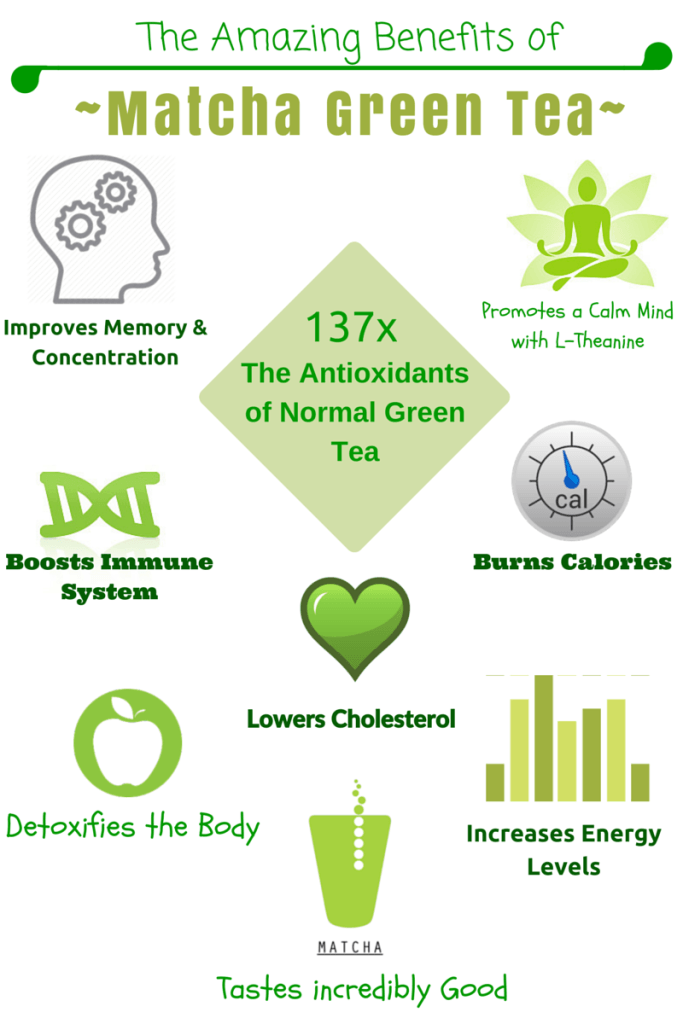
Everyone in healthy lifestyle and conscious living circles is talking about the benefits of the tea. This is not surprising given that the tea is power-packed with so many beneficial health properties.
In recent years, normal green tea had already been recognised for its health properties, most popular being its anti-oxidising, cancer-fighting and weight-loss properties. What makes Matcha so remarkable is that not only does it have more health properties than normal green tea but these properties are even more powerful because of the way it is harvested and processed.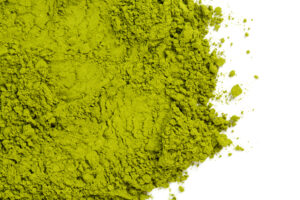
For instance, Matcha tea, has around 137 times the antioxidants of the average green tea. The most important antioxidants contained in Matcha tea are Catechins, one in particular being epigallocatechin gallate (ECGg) which is widely known for its cancer-fighting properties. ECGg makes up 60% of the antioxidants found in Matcha tea which makes it the most potent cancer-fighting tea around.
Like other green teas, it has L-theanine ( I call it the ‘Zen’ amino acid) which promotes calmness while keeping you alert. It helps the mind reduce anxiety and stress while increasing alpha brainwaves which induce relaxation without the feeling of drowsiness or sleepiness. Another effect of L-Theanine is the production of dopamine and serotonin which enhance the mood and facilitate better memory and concentration.
Matcha is also known for its energising properties because of its caffeine content. However the extra benefit is that because it contains L-Theanine, you get the caffeine boost without the usual side-effects of caffeine such as nervousness or hyper-tension. It just increases your energy levels in a clean way.
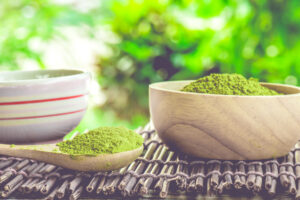 Matcha green tea has been shown to increase metabolism and help the body burn fat four times than average. It is also a strong detoxifier, cleaning toxins and heavy metals from the bodybecause of the high chlorophyl content contained in the leaves.
Matcha green tea has been shown to increase metabolism and help the body burn fat four times than average. It is also a strong detoxifier, cleaning toxins and heavy metals from the bodybecause of the high chlorophyl content contained in the leaves.
In fact the tea leaves are covered in shape for twenty days before harvesting as this increases the production of chlorophyl in the plant making it darker in colour.
The tea also provides substantial quantities of Potassium, Vitamins A & C, Iron, Protein and Calcium helping the body boost its immune system.
Different Shades and Grades of Green
There are different grades of quality for Matcha because of the time and process invested in the actual growing and harvesting of the tea leaves. Best grade is the ceremonial grade which obviously tends to be the most pricey. There is the premium grade which is also a high quality grade and more available at decent prices. This is the grade I usually buy. Then there is what I call the culinary grade Matcha which is of a lesser quality but is much cheaper and can be used to make fun things like cakes and smoothies.
My note of warning is to avoid buying really cheap Matcha because you would lose out on the quality. When you see online sellers offering Matcha at 40-50% cheaper than average it should in general serve as a sign of low quality.
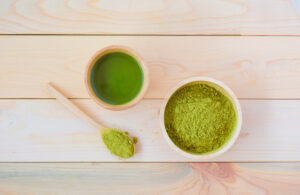
The difference in quality has to do with how the tea plant is harvested and processed. The highest grades are time intensive as they are stone-grounded after a careful selection process.
Best Matcha comes from Japan. You can either buy it directly from sellers there or else find brands which use the best quality Japanese Matcha. If you love Chai Lattes like myself there is a really good quality product I love by Onnit called Whole Spice Matcha Chai Latte Tea.
It contains the Chai Spices like Turmeric (known for anti-inflammatory properties and promoting neural stem cell production), Ginger and Cinnamon. The sweetness comes from Stevia which is a 100% natural organic, non-sugary sweetener. The taste is amazing and shipping is fast.
Recipes for your Delight
For those of you who would like to be more adventurous with Matcha and would like to try out a few recipes themselves – here are a few links. Enjoy!

